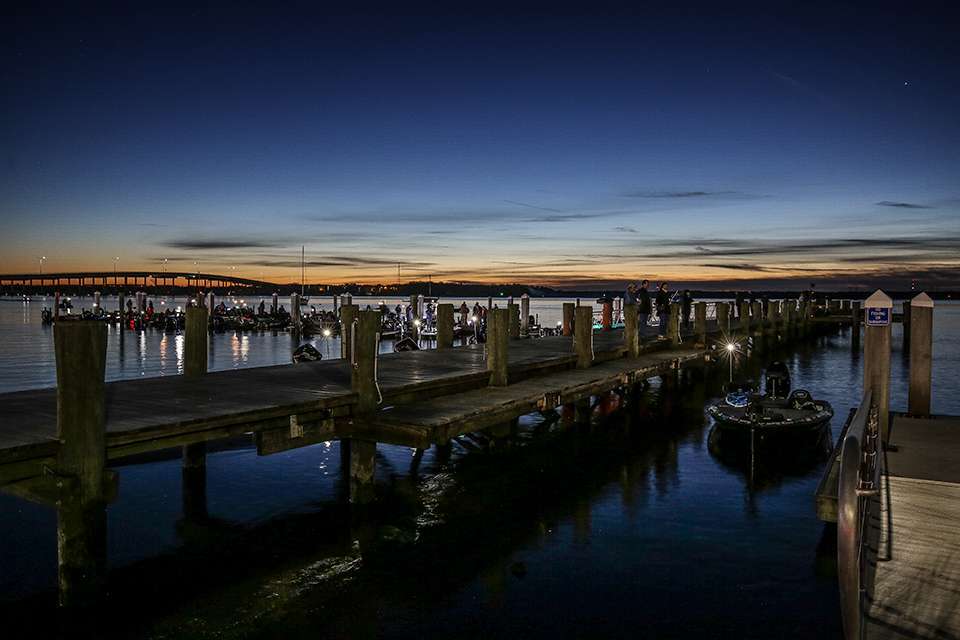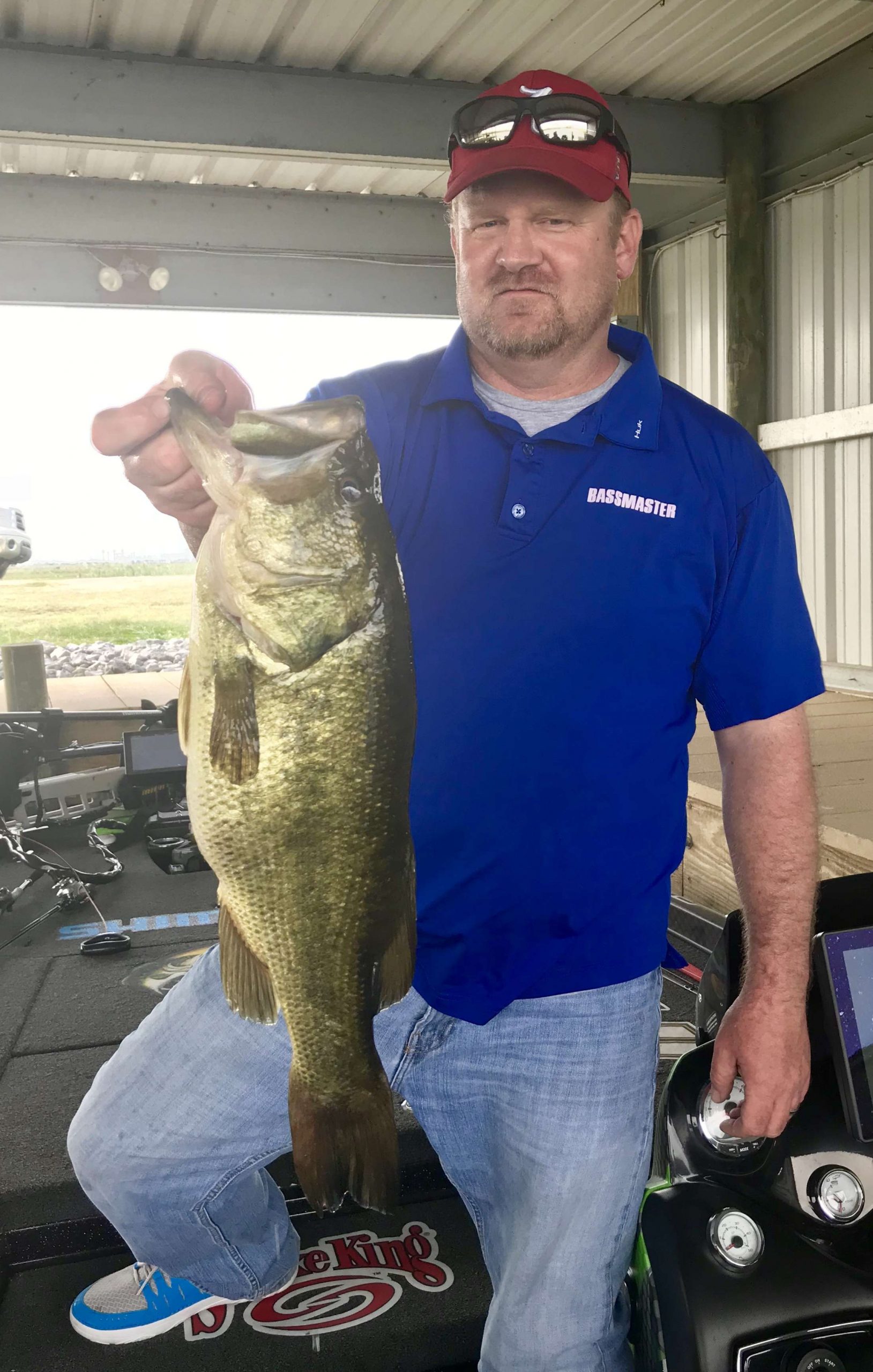
For decades, savvy bass anglers have looked forward to fall as that magical time of year when bass become more and more vulnerable as they begin feeding up for a hard winter and an even harder spring spawning season.
More importantly, we’ve looked forward to it as a time when a whole bunch of people scram.
Fall bass fishing is certainly no secret. But there’s no arguing the lakes are less crowded for a number of reasons — football season, hunting season and school being back in session are just a few on a long list.
That serenity and solitude may eventually come to an end — and the anglers on the Bassmaster Elite Series will be at least partly to blame.
One of the side effects of the 2020 COVID-19 pandemic was everything sitting on pause for several months during the seasons that most of America have always considered prime time for bass fishing.
Tournament trails that weren’t forced to cancel their spring and summer events have shifted to the fall — and with high-profile tournaments comes the revelation of important information.
How do you fish Guntersville when the leaves are changing color?
I’ve asked that question many times through the years without getting a suitable answer. But now, the world has a blueprint.
Everyone got a glimpse during the first week of October when the Elite Series visited an Alabama fishery that has long been considered one of the best lakes on the planet — during spring and summer.
Where do you find the big ones on Lake Fork during the spring? Look for bass that are spawning or itching to start.
What do you do on Fork during the summer? Strap a crankbait rod to your hand and search for the mother lode.
But what do you do during jacket weather when the fish are neither spawning or fattening back up after the spawn?
Find out Nov. 5-8 when the Elite Series finishes its season at Fork with the Toyota Bassmaster Texas Fest benefiting Texas Parks and Wildlife Department.
Many bass anglers are no doubt cringing at the notion of more company during some of the most pleasant weather we’ll see all year. But it’s a trend that actually started a while back.
Several years ago, when I was still part of the newspaper business, I wrote a column detailing how many outdoorsmen were being forced to choose between hunting or fishing because it had gotten too expensive to do both.
That’s still true.
When I was a kid, hunting was a sport that was accessible to virtually everyone through public land, $4 permits and landowners who would gladly give you the run of the place without worrying about the 130-class buck wandering their property.
All of those things are history.
To belong to the hunting community now, you need to own property, be part of a lease or know someone who owns property. Only the latter of those three comes cheap, and it doesn’t come often.
Even after you’ve secured a spot, the expenses keep coming in the form of guns and ammo, camouflaged clothing, tree stands, supplies to maintain your property and much, much more.
Fishing has been easing in that same direction the past couple of decades with the quality and price of equipment rising. The only thing that truly sets the sport apart from hunting is that it takes place mostly in public, accessible venues.
The expense of both sports has added up to the point that many people who used to keep their hunting equipment in one corner of the garage and their fishing equipment in the other now have those garages furnished with wall-to-wall fishing gear.
Many have only been using that fishing gear for five or six months out of the year, while allowing it to sit idle during the fall and winter months. But people have been slowly and steadily catching on to all that the fall has to offer.
Now instead of watching six-month-old reruns of fishing tournaments during the fall months, they’ll be able to watch anglers reap the benefits in real time.
If you’re a devoted fall angler, don’t be surprised if a few of them use it as a good excuse to finally join you.

